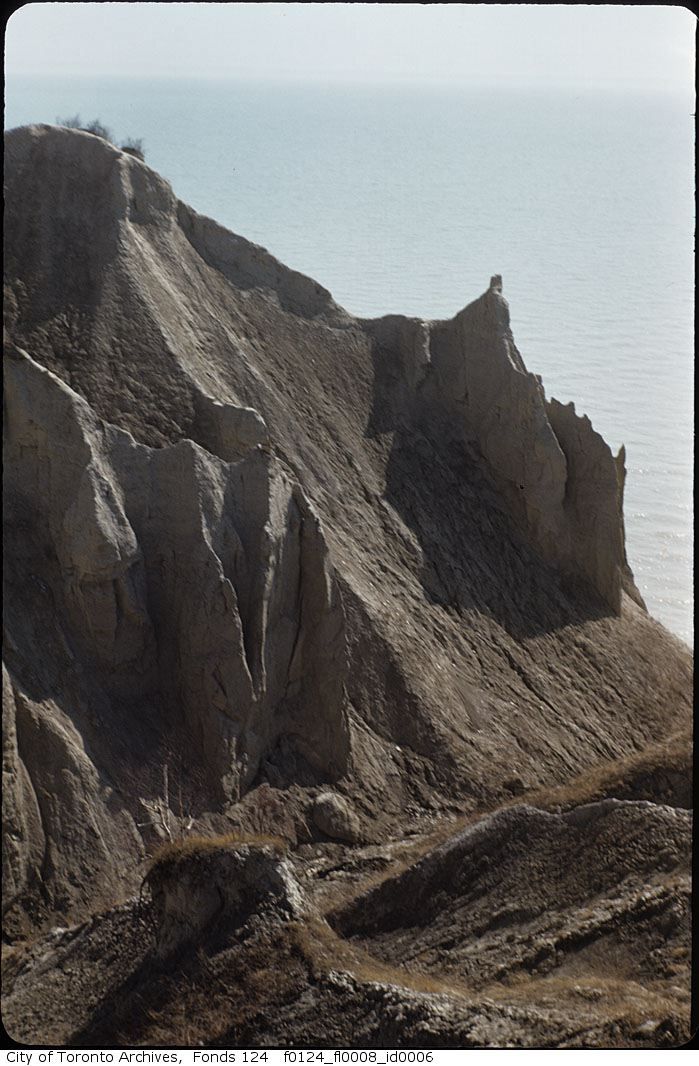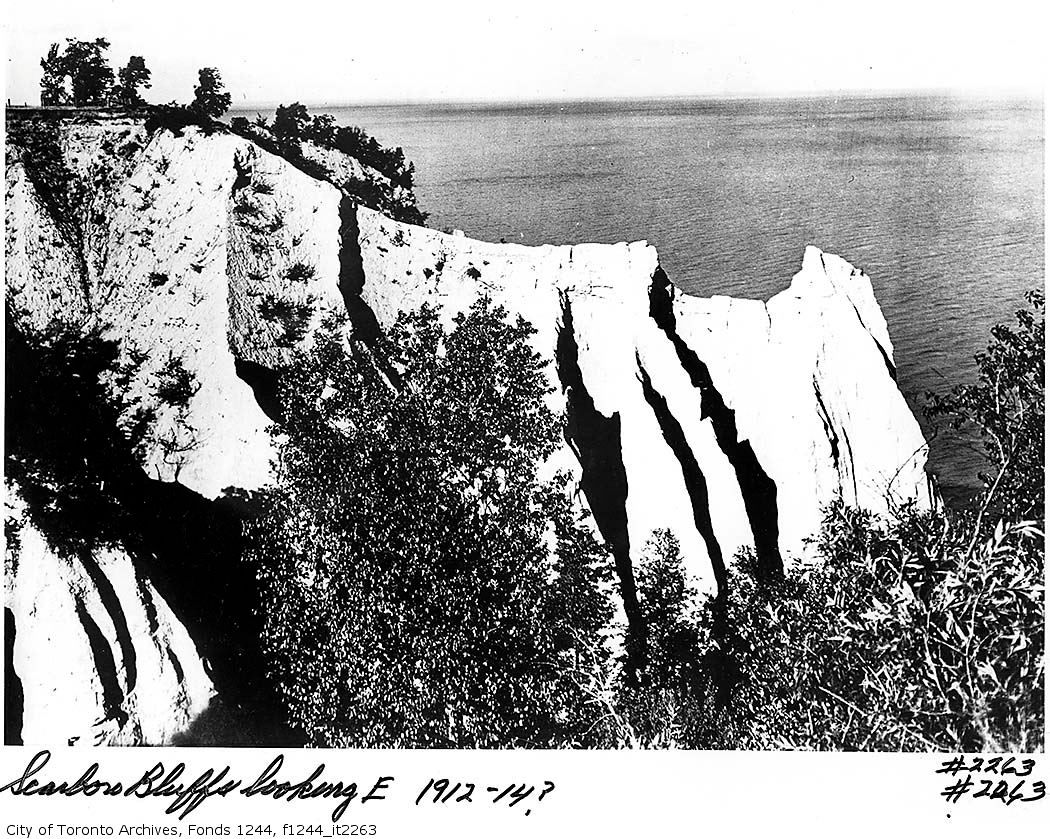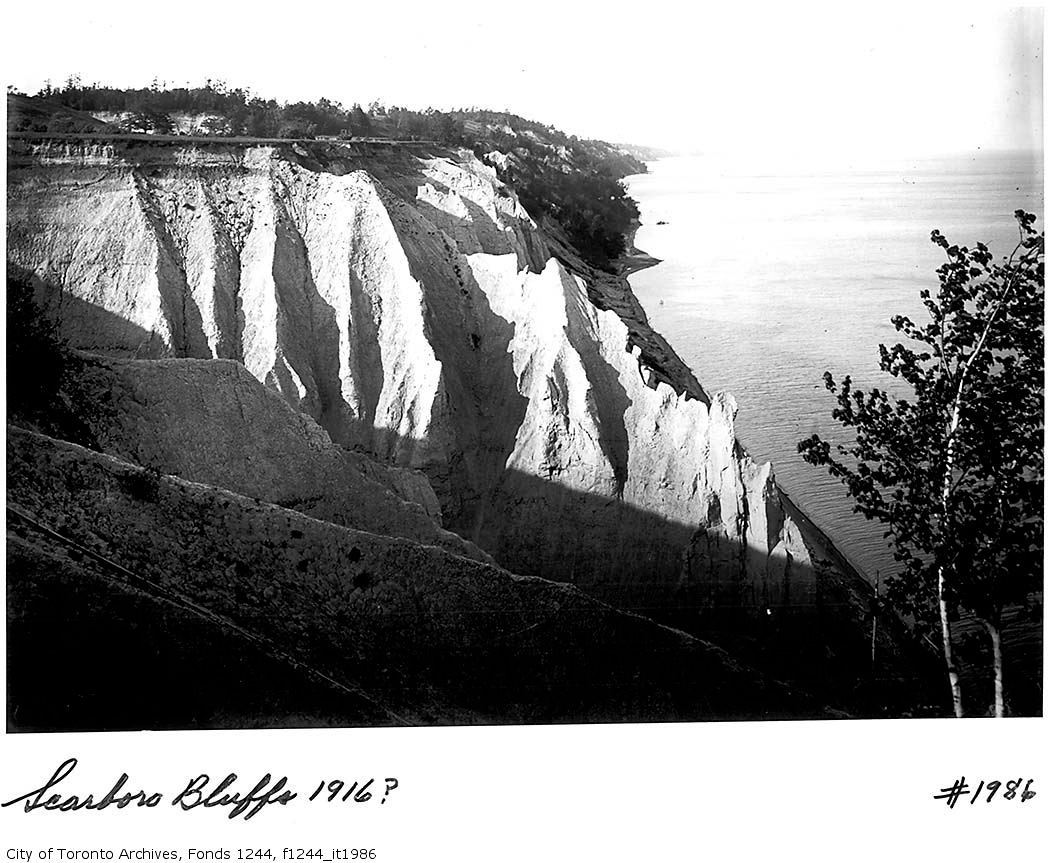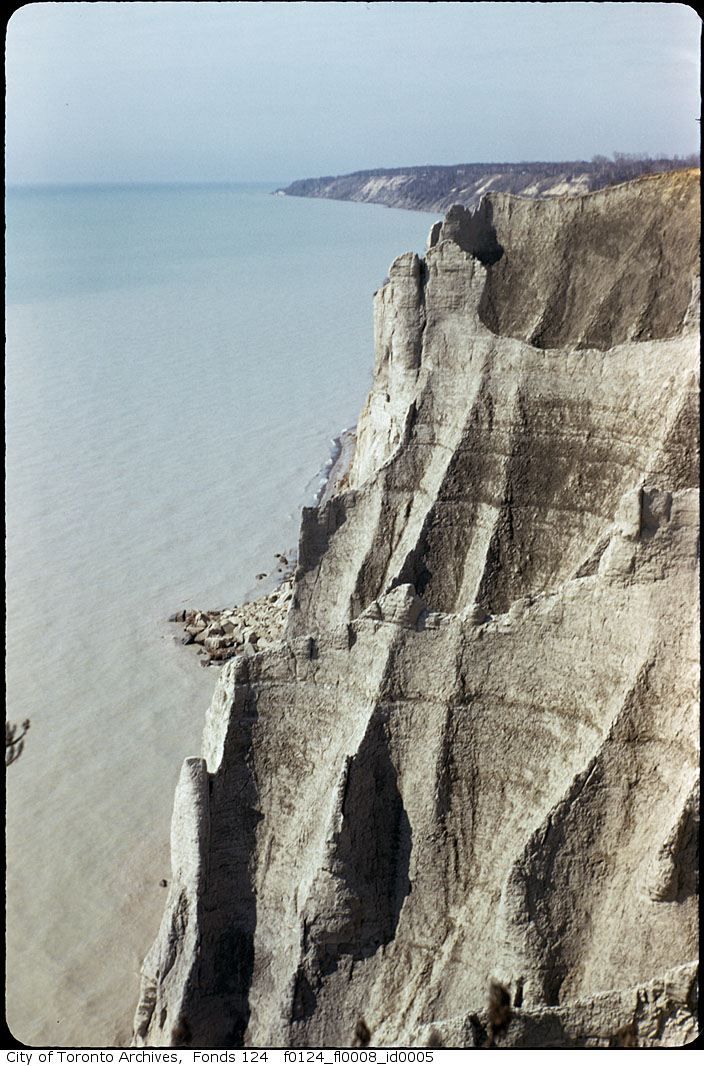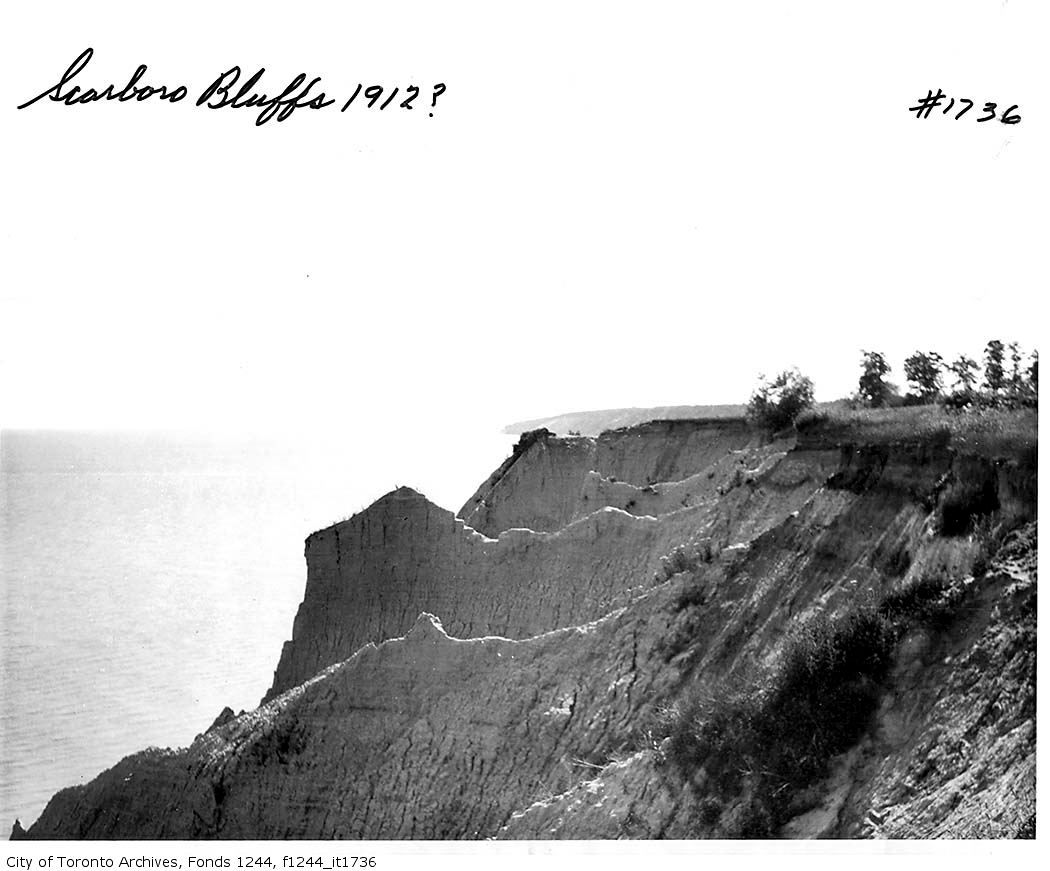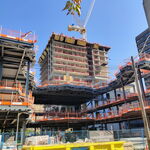UrbanToronto has partnered with
Heritage Toronto to capture a moment in Toronto's past. On a weekly basis, we will both be highlighting a historic photo of the city's people, places and events, and will be telling the stories behind them.
Many thanks to both Gary Switzer of MOD Developements and Maya Bilbao for putting together the photos and research.
This week's photo:
Simpsons Ad, 1899
For more than one hundred years, the name Simpson’s has been popular with Canadians and Torontonians alike. This now defunct retail establishment was founded by Robert Simpson, a young Scottish immigrant who moved to Newmarket and then settled in Toronto. Simpson opened his first Yonge Street store in 1872 near Yonge and Queen. Initially catering to dry goods, Simpson’s store evolved into a department store, a direct competitor of Timothy Eaton’s department store across the street.
The Robert Simpson Company expanded south and west of Queen and Yonge, gradually taking up several acres. With a profitable business under his belt, Simpson decided to build a new structure at the southwest corner of Queen and Yonge. He hired prominent architect, Edmund Burke to design a striking six storey structure in the style of the Chicago School of Architecture. The first structure was decimated by fire in 1895 only a few months after opening but Simpson forged ahead and wasted no time building an identical store to the original. It was the “first fireproofed store in Canadaâ€.
As Simpson’s continued to expand at Queen and Yonge, the catalogue business took off. Competing with Eaton’s, the catalogue offered a wide variety of products from scarves to bicycles to fine new ladies hats. Eventually, Simpson’s branded its catalogue “Simpson’s Canada Wideâ€. The image seen here is the cover of the Spring-Summer catalogue of 1899, and showcases Simpson’s new store in the background at Queen and Yonge.
Robert Simpson passed away in 1897, but his company thrived for decades. Today, the Hudson’s Bay Company occupies Robert Simpson’s Queen Street store and keeps alive its many exterior architectural details. A trip down to see this store will reveal what makes this building a landmark of 19th century Toronto.
Sources:
Historical plaque re: Robert Simpson Company
Just authored a documentary on shopping that included a section on Simpson's.





